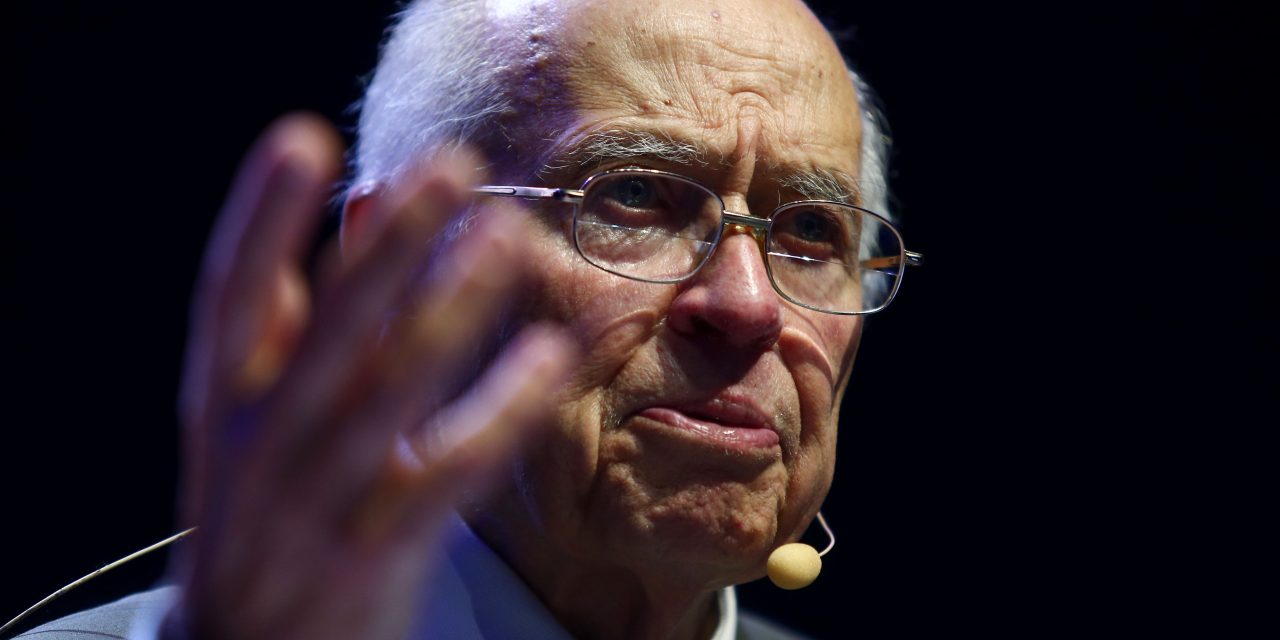August 6, 2018, 8:44 pm

Michael Atiyah is a living math legend. At age 89, he shines bright with his keen mind and sharp sense of humor. Creating a magical atmosphere of wonder, he took hundreds of people on a journey through his mind, packed full of curiosity and admiration for the beauty of mathematics.
The 1966 Fields medallist and 2004 Abel Prize winner delivered this year’s special Abel lecture, entitled “The Future of Mathematical Physics: new ideas in old bottles.” His sermon was weaved like a tapestry, going back and forth through the great minds of math and physics, intertwining history and discoveries with anecdotes and humor. Ultimately, he demonstrated the importance of looking back to some of math’s oldest ideas with a fresh gaze.
Read more:
“This lecture is going to have two parts: a lot of famous people and their ideas, and then the nitty-gritty, these mathematical symbols that encapsulate all the ideas,” he declared. And so it was. The iconic numbers pi, e and i remained projected on the walls behind him throughout his talk – what he calls the rosetta stone. “Every symbol here has a deep meaning. I am going to take you through the meaning. I won’t give you the whole story, but I can give you a little bit. It’s good to see the whole picture.” He made an ode to the iconic Euler’s Formula, considered the most beautiful formula in mathematics: eip + 1 = 0. Despite its simple and elegant appearance, it contains all the most fundamental and profound concepts in mathematics.
Inspired by simplicity and beauty, but more importantly, the expansion of his curiosity into other fields, he was able to solve one of physics’ greatest mysteries: alpha. It’s a number that appears over and over in physics, as the result of various calculations. “Where did alpha come from? Is it related to pi or e? Nobody knows!” he pondered before the bewildered audience. “It’s a magic number that comes to us with no understanding. It’s a great mystery. All physicists in their spare time would like to solve this problem.” He then revealed that he had solved this conundrum by simply looking back at one of the pillars of mathematics: pi, and formulating its inversion.
He cracked many jokes – and admittedly, struggled slightly with the technology of a powerpoint presentation – but ultimately took the audience on an astonishing journey through some great thinkers of mathematical physics: from Plato to Godel, to Weyl, to Turing. “And that is the history of physics in a nutshell,” he declared.
“To solve problems, you don’t need to look at fancy new ideas, you can look at old things with a new eye,” he shared, comparing his approach to finding bottles with messages in them lying on a beach. With this, he made a forecast about the future of mathematics and physics: computability and the unification of everything. “I won’t be here to see it, so I can make guarantees.”